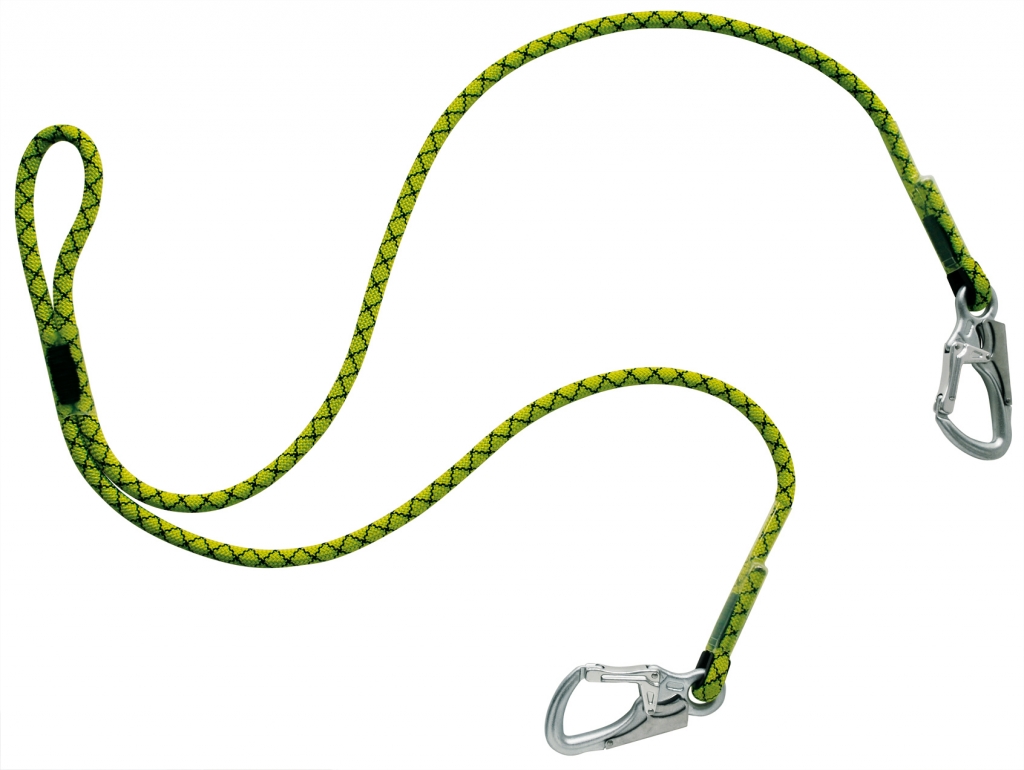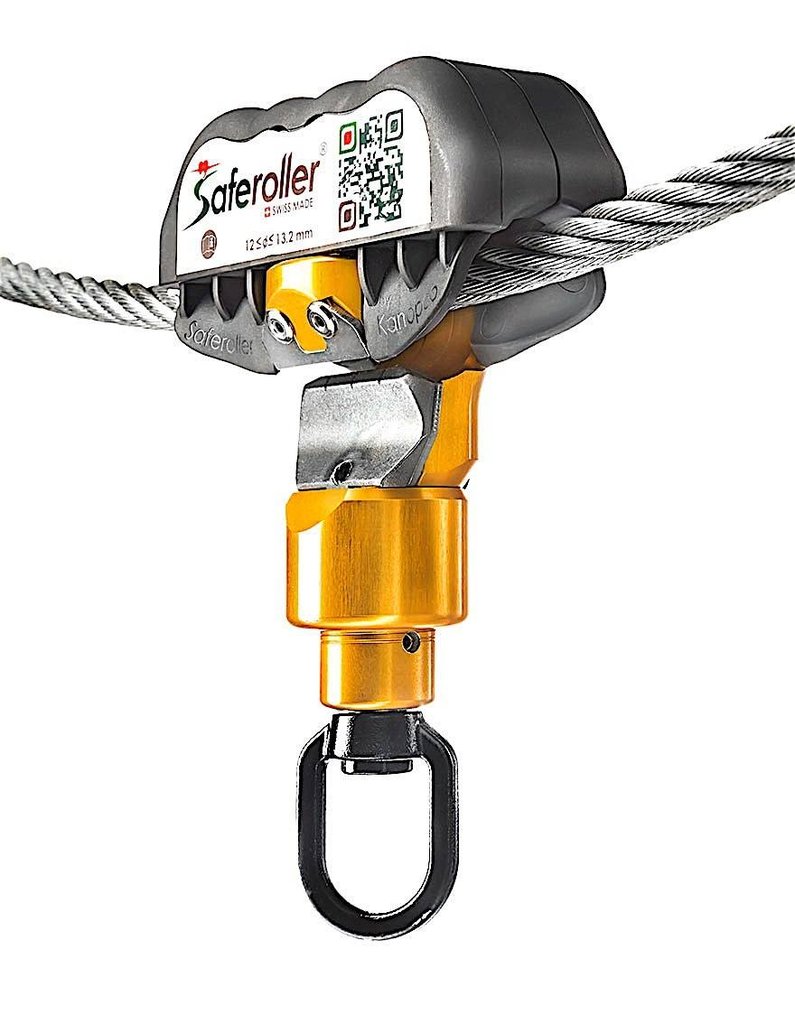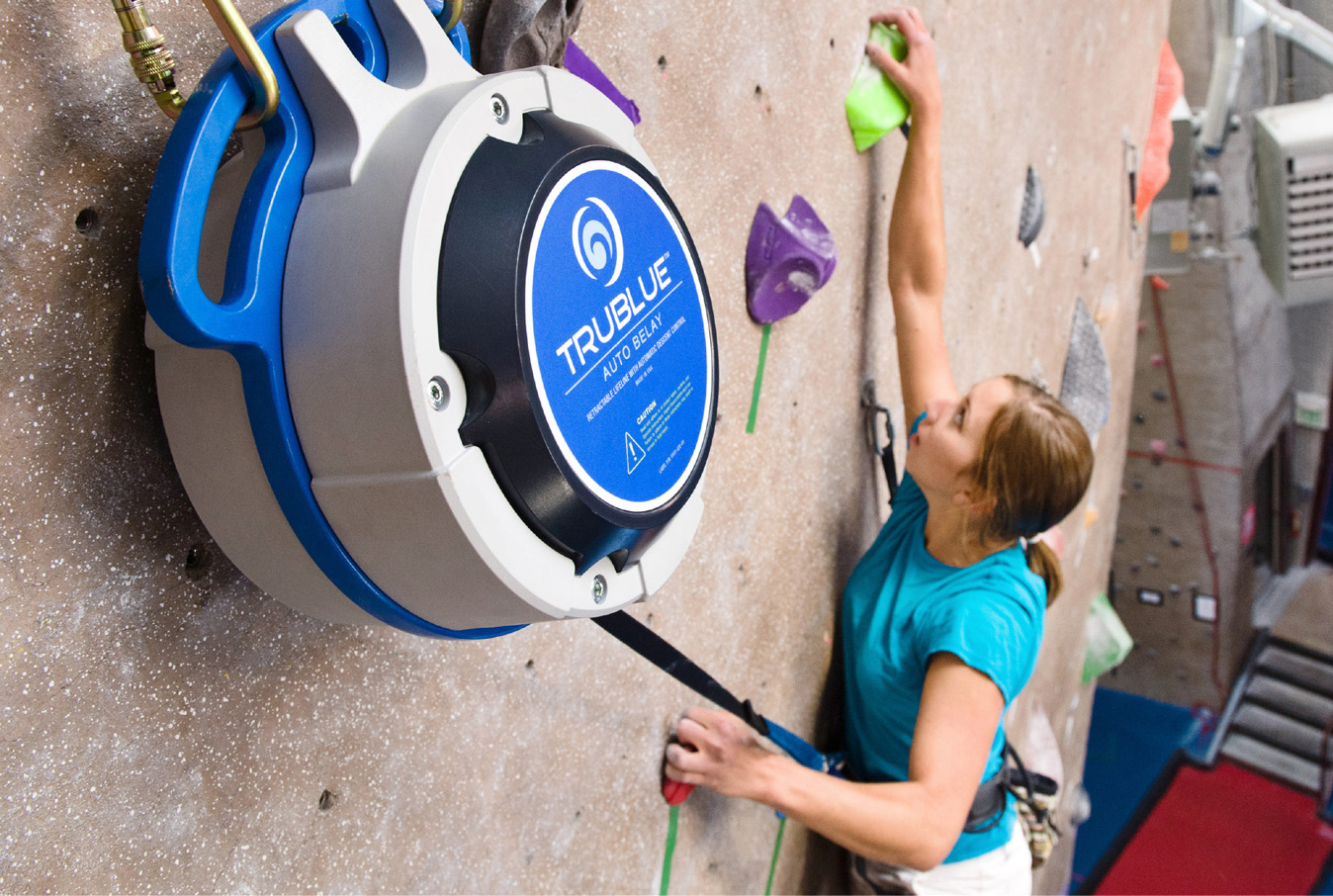Safety systems for recreational facilities
The right safety system is the heart of any climbing facility. There can be no compromises when it comes to safety. That’s why choosing the right safety system is crucial for the success of your ropes course. Various factors such as the definition of target groups, visitor traffic, staffing requirements and running costs are decisive when it comes to choosing the right system. There are many excellent safety systems available on the market. Gone are the times when climbers used to make their way independently along courses designed for tourists with two simple via ferrata karabiners. Modern communicating karabiners or permanent lifeline systems are dominating the market and prevent the risk of both karabiners completely disengaging. Each safety system has its own strengths and weaknesses. Together with you we identify the best possible system for your operating concept, providing you with impartial advice on all the brands available. We will also be happy to help you overhaul your existing park to bring it in line with the latest developments.
You will find more information and a selection of tried-and-tested belay safety systems in the supplies section.
The classic version of a belay system. Two karabiners are suspended one after the other and guided along the safety rope. This requires a high degree of personal responsibility from the participant and makes mastering the ropes course a special climbing experience for the customer. This form of safety system is recommended for ropes courses that are geared towards hands-on learning. Although these systems are by far the cheapest solution to buy and maintain, they require a lot of manning from well-trained instructors in order to ensure optimum safety.
This technique features two interactive communicating karabiners allowing only one karabiner to be removed from the safety rope at a time during changeover. When one karabiner is opened, the other karabiner closes itself automatically. This makes the risk of both karabiners becoming unhooked virtually impossible. The sensation of an “authentic” climbing experience is maintained as the participants are responsible for clipping the karabiners onto the line and have to use their hands to work. Most of these systems are also easy for children to handle thanks to their ergonomic design. These systems are the first choice for operators of climbing forests and high ropes courses for tourists because they offer a high degree of safety combined with minimal supervision requirements and optimum flexibility when designing the climbing park.
Permanent lifelines accompany the participants every step of the way from entering the adventure park to when they get off. As soon as the participants are connected to the safety system it is impossible for them to unhook themselves from the system or accidentally become detached. They may feature pulleys or karabiners on the safety rope or as in the example of the SkyTrail, they may take the form of a self-contained track system with internal sliders. The risk of operator errors and supposed safety gaps is thus completely eliminated. Because the system is so simple to use it is possible to manage a high level of visitor traffic while also keeping staffing requirements and maintenance costs comparably low.
Lowering systems are automatic belay and descent systems for a wide range of climbing activities and events. These systems slowly lower the participant to the ground at a constant speed should they fall, need rescuing or consciously decide to jump. Suitable for various weights, the self-regulating braking system is perfect for children and grown-ups alike.
This kind of safety system is adapted from mountain sports and is excellent for hands-on learning and team-oriented climbing courses. This very simple form of belay system in ropes course operation is suitable for vertical climbing exercises. The safety rope runs from the belay team or the trainer on the ground, passing through an anchor system at the top of the climb and back to the climber. The climber is secured against a potential fall by his or her partner or team. This kind of belay is probably the most traditional form of safety system for vertical activities but it requires a lot of attention, personal responsibility and well-trained staff.
Very long, fast ziplines (mega ziplines) require elaborate pulley systems that can withstand heavy loads and high speeds. These ziplines are usually operated as standalone attractions with one zipline or several ziplines running in parallel. They can reach lengths of up to 2.5 kilometers and speeds of up to 100 kilometers per hour. The pulley is suspended on the steel rope, then the participant is secured into the system either while sitting or lying down. Depending on the intended use, these pulleys with corresponding brakes can independently regulate the maximum speed and ensure a controlled, safe experience.

![[Translate to English:] faszinatour sicherungssysteme](/fileadmin/_processed_/8/1/csm_HEader_Anlagenbau_Sicherungssysteme2_0b5048b224.jpg)



